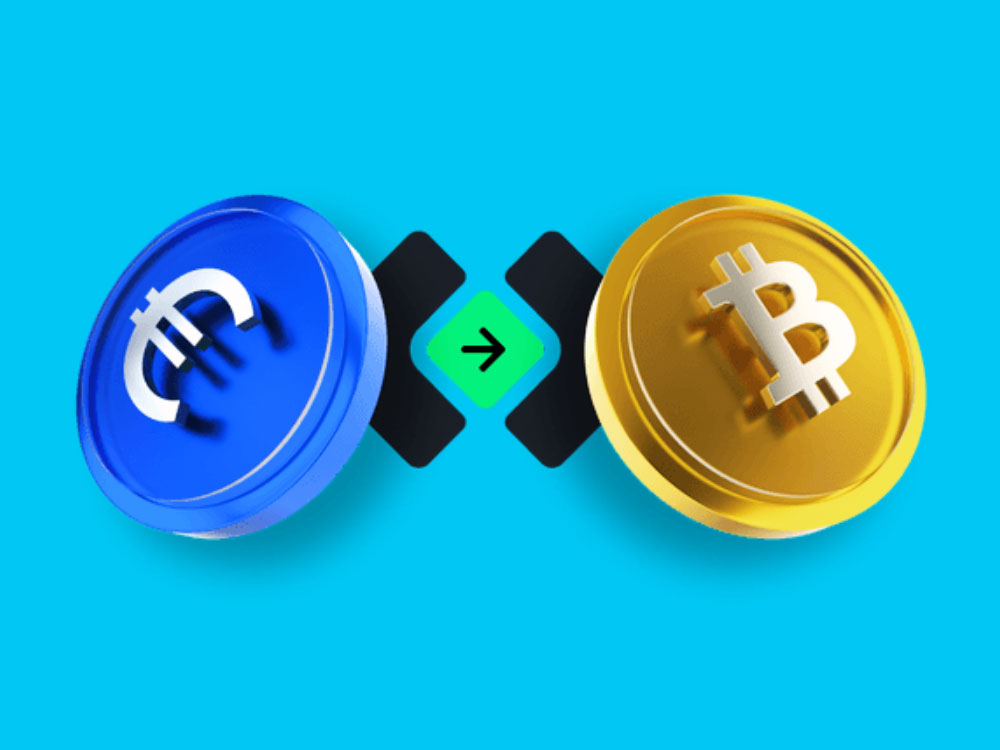When you're launching a fintech product, early growth usually depends on nailing a specific use case in a specific market. But what happens when your users start coming from everywhere—and your payment infrastructure isn’t ready?
This is exactly what one fintech startup faced after launching its MVP. Their product, a simple digital wallet for saving and sending stablecoins, gained traction faster than expected. But soon, demand came from outside their home country—and their roadmap needed to adapt quickly.
Here's how they went from a local launch to live in 12 countries by partnering with TransFi.
The Starting Point: Local MVP, Global Interest
The startup began by solving a very specific problem: helping users in one region easily save in USDC to protect against local currency volatility. They integrated with one payment method and launched an MVP that worked well—until word spread.
Soon, they were getting requests from users in other countries asking:
“Can I use this too?”
Unfortunately, the answer was no. The product wasn’t built for cross-border payments yet. They had no banking partners, no coverage outside their original country, and no plans to build all of that themselves.
The team needed a faster path to scale.
The Shift: Integrating TransFi for Local On-Ramps
Rather than spend months negotiating with banks and building local infrastructure, they decided to integrate TransFi’s fiat-to-stablecoin API.
With one integration, they gained access to local payment methods in 12 markets—everything from bank transfers in Nigeria to UPI in India and mobile money in Kenya. Users could now buy USDC or USDT using the payment rails they already trusted.
There was no need to open local bank accounts, no complex compliance setup, and no expensive licensing.
What Changed: Real-Time Global Access
After integrating TransFi, the fintech’s product instantly became more usable across borders. Key improvements included:
- USDC access via local rails in 12 new markets
- Drop-in API integration that fit into their existing stack
- Fully compliant KYC/KYB flow managed by TransFi
- Reliable settlement times and transparent pricing
This allowed the team to focus on user experience and growth—not infrastructure.
The Results: 8x Growth and a Real Global Launch
Within three months of launch with TransFi:
- Monthly active users increased 8x
- 65% of new users came from outside their original market
- 75% of fiat-to-crypto transactions were powered by TransFi
- The company delayed any plans for acquiring banking licenses or expanding compliance teams
By skipping traditional banking infrastructure, they were able to scale globally without slowing down product development.
Why It Worked: One Integration, Multiple Markets
Most fintech startups break down when trying to scale internationally because of payment complexity. TransFi simplified that—by providing access to dozens of local rails through a single API.
The startup didn’t have to hire regional teams, rework their wallet UX, or manually handle compliance. It all just worked.
And because their users could buy stablecoins with local money instantly, activation rates went up, and retention followed.
Also read: Cape Verde’s Payment Rails & How They Work – Sociedade Interbancária, Card Systems & Digital Banking
Final Thoughts
For fintech startups, global expansion doesn’t have to mean rebuilding from scratch. In this case, one smart integration helped a lean team go from MVP to global reach—without the usual barriers.
TransFi made it possible to move quickly, stay compliant, and give users what they actually needed: easy, local access to stablecoins.
If you're building a fintech product and thinking globally, you don’t need to start with banking licenses. Sometimes, you just need the right rails.
FAQ
1. What is TransFi and how does it help fintechs?
TransFi provides a fiat-to-crypto API that allows fintech apps to enable stablecoin purchases through local payment methods in multiple countries—without needing banking partnerships.
2. Can TransFi be used without a banking license?
Yes. TransFi handles the compliance and local infrastructure, so fintechs can offer fiat on-ramps without holding their own banking licenses.
3. What stablecoins does TransFi support?
TransFi supports popular stablecoins like USDC and USDT, enabling secure and fast global transactions.
4. How long does it take to integrate TransFi?
Most teams can integrate TransFi’s API in a single sprint, making it a quick and efficient solution for global expansion.
5. Which countries does TransFi support?
TransFi provides access to local payment rails in 80+ countries, including emerging markets in Africa, Asia, and Latin America.
Table of Contents
Suggested Article
Explore our products

Make global payments at the speed of a click

Accept payments, remove borders.

Unlock Seamless Digital Currency Transactions Anywhere









.png)














